#dur-sharrukin
Explore tagged Tumblr posts
Photo
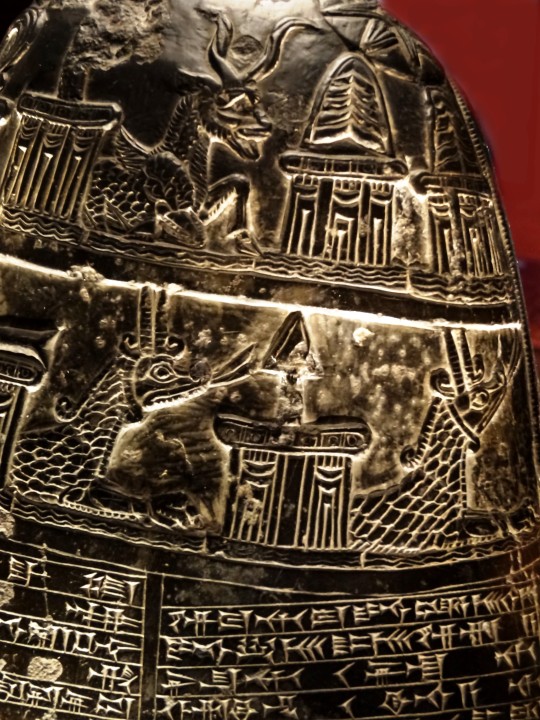
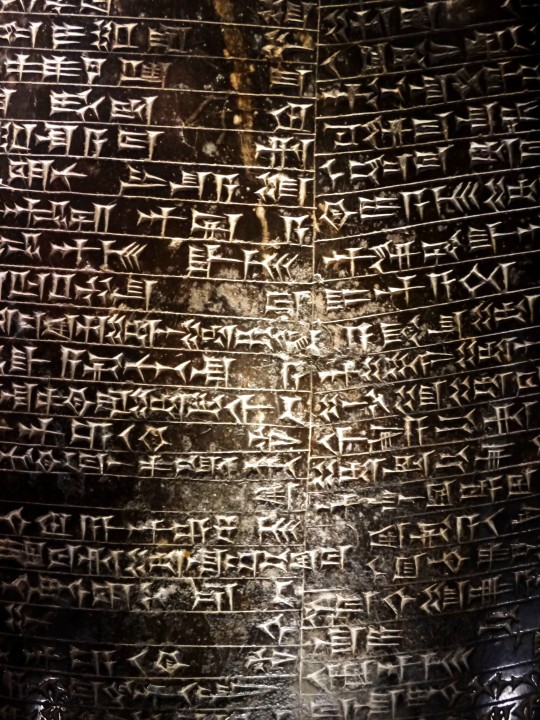
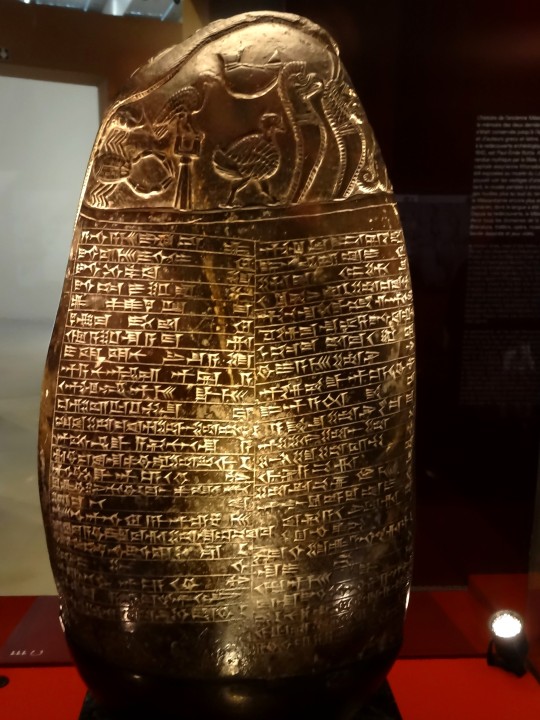
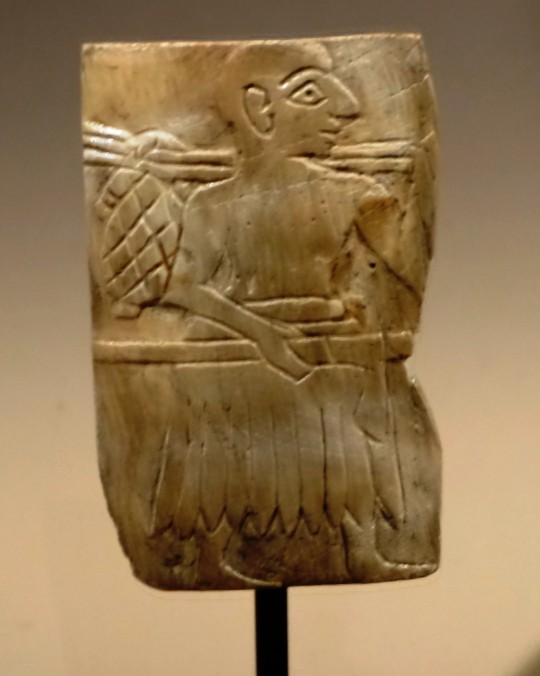
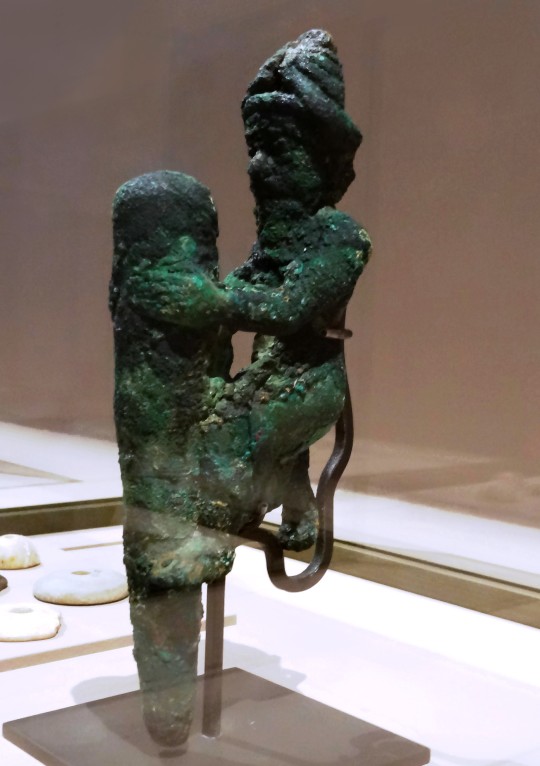
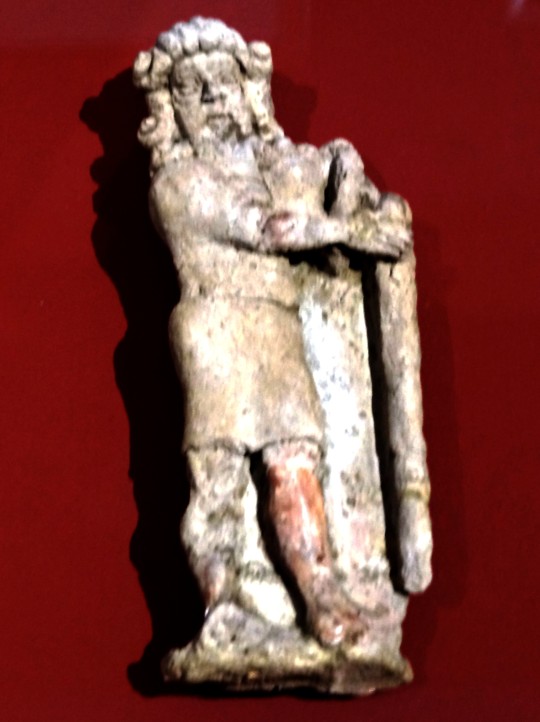
Nouveau retour à mon projet de présenter la plupart de mes 55500 photos (et des brouettes). Plus trop loin du présent….
2016. Au Louvre-Lens, il y eut une expo : “L’Histoire commence en Mésopotamie”
- les 3 premières : kudurru, stèle de donation en serpentine - Bronze Récent, sous le règne de Marduk-nadin-ahhe
- pêcheur - époque Amorrite, 2000 av.J-C.
- clou de fondation - Girsu, époque Néo-Sumérienne sous le règne de Gudea 2100 av. J-C.
- figurine de fondation - Dur-Sharrukin, époque Néo-Assyrienne sous le règne de Sargon II, 700 av.J-C.
#souvenirs#louvre-lens#expo#archéologie#l'histoire commence en mésopotamie#mésopotamie#kudurru#stèle#serpentine#marduk#amorrite#clou de fondation#néo-sumérien#sumérien#girsu#gudea#dur-sharrukin#néo-assyrien#assyrien
2 notes
·
View notes
Text
LA NUOVA PRIMAVERA DELL'ARCHEOLOGIA ASSIRA IN IRAQ
LA NUOVA PRIMAVERA DELL'ARCHEOLOGIA ASSIRA IN IRAQ Gli archeologi hanno sentore di un rinvenimento eccezionale solo quando sotto i loro strumenti, ad esempio, compaiono i resti di una scultura assira di 2.700 anni fa e se il manufatto sia stato rinvenuto, per l'ultima volta, decenni prima. Documentata la sua presenza già nel corso del XIX secolo e portata alla luce nei...
#Dur-Sharrukin#Impero neo-assiro#Iraq Museum#Lamassu#Michael Danti#Ninive#Pascal Butterlin#Sargon II#Sennacherib#Università della Pennsylvania#Università Paris 1 Panthéon-Sorbonne
0 notes
Photo
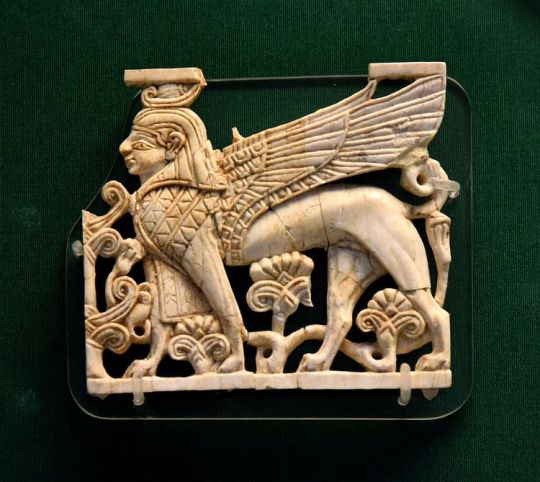
The Nimrud Ivories: Their Discovery & History
In 1845 CE, the archaeologist Austen Henry Layard began excavations at the ruins of the city of Nimrud in the region which is northern Iraq in the present day. Layard's expedition was part of a larger movement at the time to uncover ancient sites in Mesopotamia, which would corroborate stories found in the Bible, specifically in books in the Old Testament such as Genesis and Jonah. The archaeologists who excavated the sites throughout Mesopotamia in the mid-19th century CE were seeking physical evidence to support accounts of the Great Flood, the Tower of Babel, and cities such as Nineveh and Calah, among other biblical references. Their work, ironically, would have the complete opposite effect of what was intended: they discovered a civilization that existed long before the first biblical books were written, one which had, in fact, produced the first stories concerning a global flood and an ark, and which was far more advanced than had previously been thought. These discoveries would revolutionize human understanding of world history which, previously, had been heavily influenced by the Bible's version of events. Prior to these expeditions, little was known about Mesopotamian history outside of the Assyrians and Babylonians because they were the people best documented by the Greek historians and mentioned in the Bible. The great Mesopotamian cities of the past lay buried under the sands after the fall of the Assyrian Empire in 612 BCE, and their histories lay buried with them.
History of the City and Discovery of the Ivories
When Layard began his work at Nimrud, he did not even know which city he was excavating. He believed he had discovered Nineveh and, in fact, published his best-selling book on the excavation, Nineveh and its Remains, in 1849 CE, still confident in that belief. His book was so popular, and the artifacts he uncovered so intriguing, that further expeditions to the region were quickly funded. Further work in the region established that the ruins Layard had uncovered were not those of Nineveh but of another city, which was then referred to as Nimrud. The archaeologist William K. Loftus took over from Layard in 1854 CE and excavated Nimrud further discovering, among other treasures, the magnificent works of art known today as the Nimrud Ivories (also as the Loftus Ivories). Nimrud was an important city in ancient Mesopotamia known as Kalhu (also Caleh, Calah), which became the capital of the Assyrian Empire under Ashurnasirpal II (reigned 884-859 BCE), who moved the central government there from the traditional capital of Ashur.
The city existed as an important trade center from at least the 1st millennium BCE. It was located directly on a prosperous route just north of Ashur and south of Nineveh. The Assyrian Empire was ruled from Kalhu from 879-706 BCE, when Sargon II (reigned 722-705 BCE) moved the capital to his new city of Dur-Sharrukin (Khorsabad). Following the death of Sargon II, his son Sennacherib (reigned 705-681 BCE) abandoned Dur-Sharrukin and moved the capital to Nineveh. Kalhu continued to be an important city to the Assyrians, however, and the palaces and residences were richly adorned and ornamented with gold, silver, precious gems, and the intricate works of art that have come to be known as the Nimrud Ivories.
Continue reading...
99 notes
·
View notes
Text
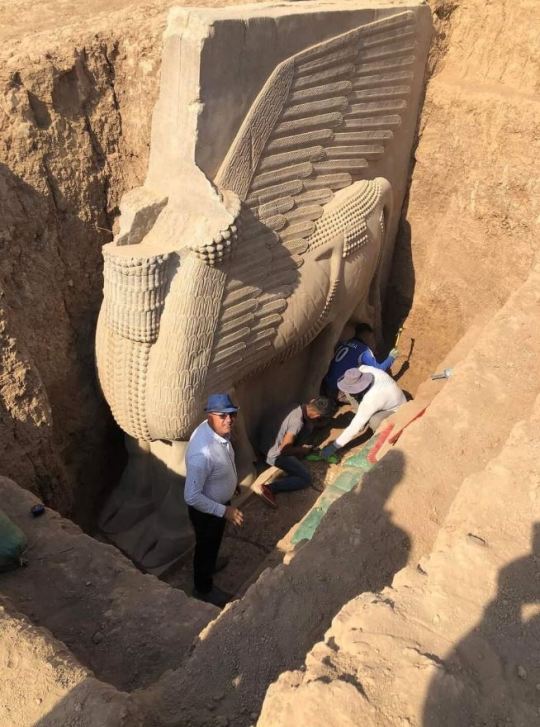
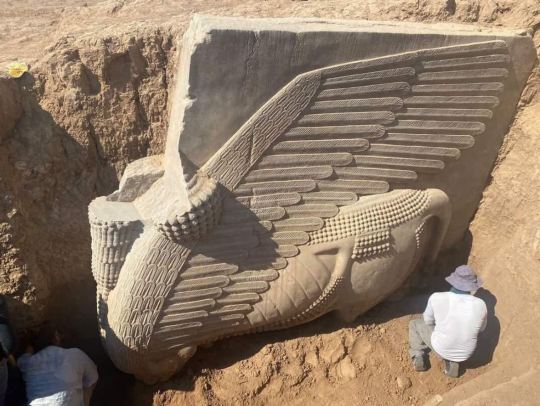
28th October 23 A joint Iraqi-French archaeological mission have uncovered a Lamassu at the Dur-Sharrukin archaeological site, Khorsabad, in Nineveh, Iraq.
473 notes
·
View notes
Text

lamassu (s. VIII a.C.) desenterrado na cidade neoasiria de Dur Sharrukin (Khorsabad, Irak)
25 notes
·
View notes
Note
King Gilgamesh from the Epic of Gilgamesh (the first story in recorded history)
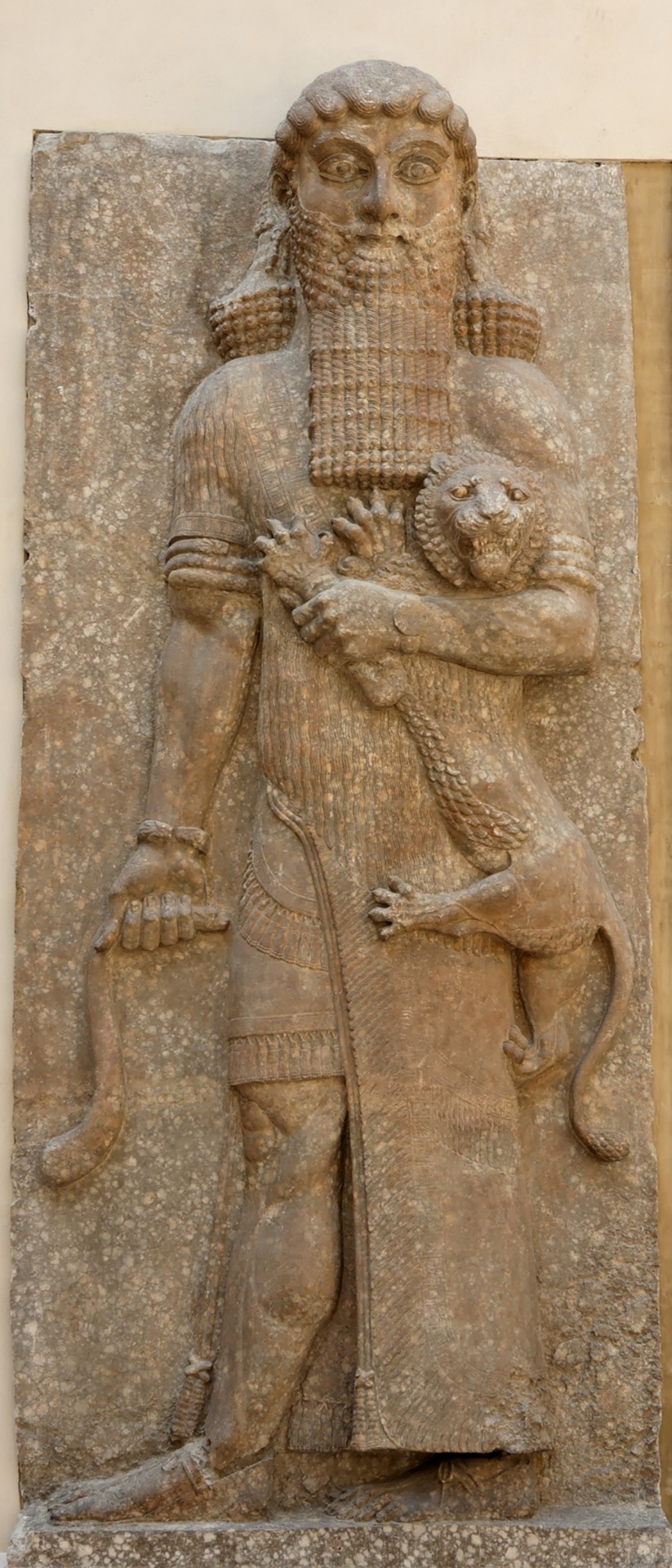
Please reblog for a larger sample size.
Possible representation of Gilgamesh as Master of Animals, in an Assyrian palace relief (713–706 BCE), from Dur-Sharrukin, now held in the Louvre.
#polls#epic of gilgamesh#king gilgamesh#very sure that the 'now held in the louvre' is just wikipedia's nice way of saying 'stolen by the french'
36 notes
·
View notes
Photo
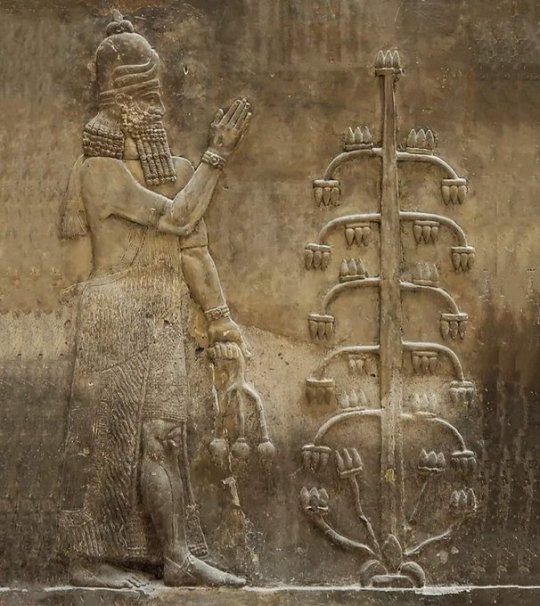
Assyrian stone relief sculptured panel of an Assyrian Genie with poppy seed heads next to the Assyrian sacred tree, dating to 713-706 BC, from Sargon II’s Palace at Dur-Sharrukin in Assyria.
Excavated by French archaeologist Paul-Émile Botta in 1843–1844.
Louvre Museum
15 notes
·
View notes
Text

Lamassu, the relief of the scorching Sargon II at Dur Sharrukin in Assyria (now Khorsabad in Iraq), from around 713-716 BCE.
11 notes
·
View notes
Text
The "Epic of Gilgamesh" is a masterpiece of world literature that transcends time and continues to fascinate readers to this day.
In the Epic of Gilgamesh, a notable passage is when Gilgamesh and Enkidu, his companion, face the terrible celestial bull sent by the gods to punish the king's arrogance.
In this passage, we witness the courage and determination of the two heroes, who join forces to face this divine threat.
The confrontation is described with vivid intensity, as Gilgamesh and Enkidu demonstrate their valor and skill in an epic battle.
This passage not only highlights Gilgamesh's heroic deeds, but also reveals his humanity as he faces supernatural challenges, highlighting his complexity as a character and his position as one of the most iconic heroes in world literature.
Written more than 4,000 years ago, this epic poem transports us to an ancient world, full of myths, adventures and reflections on the human condition.
Through the journeys of the hero Gilgamesh, we are led to explore universal themes such as friendship, mortality, the search for the meaning of life and the relationship between the divine and the human.
Its gripping narrative and captivating characters capture the reader's imagination, while its timeless messages resonate across centuries, demonstrating the enduring power of great literature to connect cultures and generations.
image:
Possible representation of Gilgamesh as Master of Animals, holding a lion in his left arm and a snake in his right hand, in a relief from an Assyrian palace (713-706 BC), by Dur-Sharrukin, now kept in the Louvre
#edisonmariotti @edisonblog .br
O "Épico de Gilgamesh" é uma obra-prima da literatura mundial que transcende o tempo e continua a fascinar os leitores até hoje.
Na Epopéia de Gilgamesh, uma passagem notável é quando Gilgamesh e Enkidu, seu companheiro, enfrentam o terrível touro celestial enviado pelos deuses para punir a arrogância do rei.
Nessa passagem, testemunhamos a coragem e a determinação dos dois heróis, que unem suas forças para enfrentar essa ameaça divina.
O confronto é descrito com uma intensidade vívida, enquanto Gilgamesh e Enkidu demonstram sua valentia e habilidade em uma batalha épica.
Essa passagem não apenas destaca os feitos heróicos de Gilgamesh, mas também revela sua humanidade ao enfrentar desafios sobrenaturais, ressaltando sua complexidade como personagem e sua posição como um dos mais emblemáticos heróis da literatura mundial.
Escrito há mais de 4.000 anos, este poema épico nos transporta para um mundo antigo, repleto de mitos, aventuras e reflexões sobre a condição humana.
Através das jornadas do herói Gilgamesh, somos levados a explorar temas universais como amizade, mortalidade, busca pelo significado da vida e a relação entre o divino e o humano.
Sua narrativa envolvente e seus personagens cativantes capturam a imaginação do leitor, enquanto suas mensagens atemporais ressoam ao longo dos séculos, demonstrando o poder duradouro da grande literatura em conectar culturas e gerações.
image:
Possível representação de Gilgamesh como Mestre dos Animais, segurando um leão no braço esquerdo e uma cobra na mão direita, em relevo de um palácio assírio (713-706 aC), de Dur-Sharrukin, agora mantido no Louvre

0 notes
Text
Dur-Sharrukin es una antigua ciudad asiria fundada a fines del siglo VIII a. C. La ciudad fue establecida por Sargón II para servir como su nueva capital. Sin embargo, Sargón murió antes / poco después de que se completara la ciudad
1 note
·
View note
Text

Mesopotamian human-headed winged bull: the Assyrian guardian spirit called Lamassu or Kerub —known afterwards in Latin as *cherub: this, in turn, from the Hebrew linguistic customization *kerubh [כְּרוּב], where the original Akkadian *karâbu —infuriated guardians of sacred doors— would result in the implacable angels of Elohim [אֱלהִים] known as kĕrûvîm, as depicted in Gen. 3:24:
“So the Lord drove out the man; and he placed at the east of the Garden of Eden kĕrûvîm and a flaming sword which turned every way, to keep the way of the tree of life.”
*Palace of Assyrian king Sargon II at Dur Sharrukin in Assyria (now Khorsabad, Northern Iraq) ~ ca.713 BC British Museum. Thanx Dominique Artis Photographie
0 notes
Text
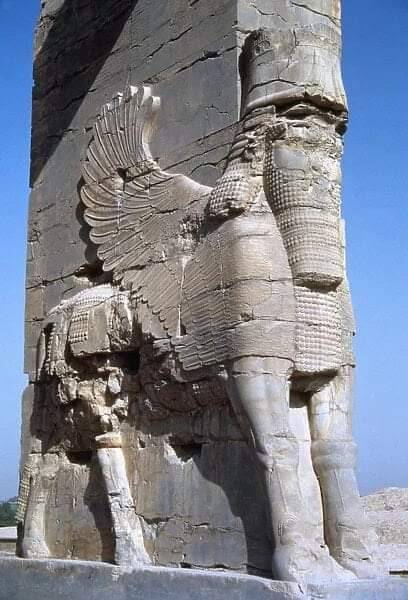
This winged-bull, known as a lamassu from textual sources, was given to the Ol by the Department of Antiquities in Iraq. The Assyrian sculpture was discovered in northern Iraq when archaeologists from the Ol, including Edward Chiera, were excavating at Khorsabad (Dur-Sharrukin) in 1929. It originally guarded the throne room of Sargon II, King of Assyria (721-705 BC).
The lamassu is a mythological hybrid, a protective deity known to "turn back an evil person," that is composed of the head of a human, the body of a bull, and the wings of a bird. These figures are depicted in the Epic of Gilgamesh, one of the textual sources for the iconography of these figures.
The Ol's lamassu has five legs, which was typical for those created during Sargon II's reign. This "double-aspect" causes the figure to appear to be standing or walking when viewed either from the front or the side, respectively. This winged-bull is almost five meters (16 feet) tall and weighs approximately 40 tons.
The large sculpture fragments that were excavated at Khorsabad were packed in crates and transported to Chicago, where they were brought into the Ol Museum through the wall of the gallery as it was being built in 1930. It was then restored and assembled on the same spot. Its massiveness required the floor to be reinforced and the building to be built around it, which ensures that the Ol's lamassu will never be moved to another spot in the museum or loaned to another institution.
#lamassu #Antiquities #Assyrian #sculpture #EdwardChiera #Khorsabad #SargonII #mythological #Gilgamesh #Museum #Temple #Ancient #History #Historyfacts #Historic #Historical


0 notes
Text
Just leaving this here for anyone interested in archaeology.
This was in Khorsabad (Dur-Sharrukin), which was plundered and ruined by those bastards in ISIS a few years ago.
Apparently.
Feel free to reblog.
#dougie rambles#news#middle east#mesopotamia#iraq#fuck isis#assyria#bethnahrin#nineveh#archaeology#statue#lamassu#khorsabad#feel free to reblog#political crap#sort of#kind of#history#ancient history#Assyrian history#Assyrian heritage#statues#heritage
1 note
·
View note
Text
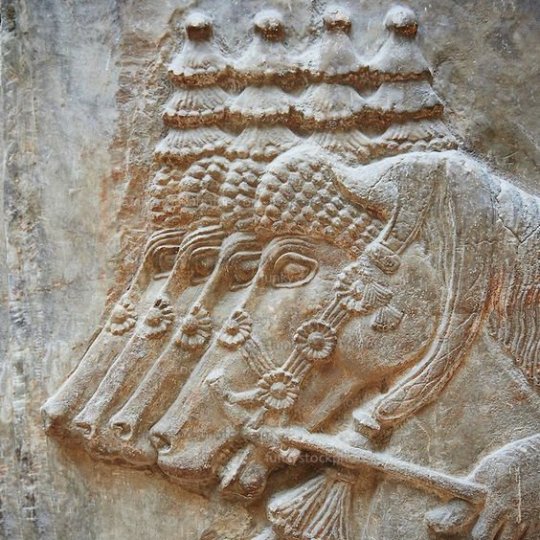
Baixo-relevo con cabalos de Dur Sharrukin, pazo do rey asirio Sargón II en Khorsabad, 713-706 a. C. (Louvre)
19 notes
·
View notes
Text

Lamassu, o relevo do escaldante Sargon II em Dur Sharrukin na Assíria (agora Khorsabad no Iraque), de cerca de 713-716 AEC.
Para saber mais sobre o sentido dessa figura mitológica e sua relação com os querubim bíblicos, adquira o curso “O divórcio de Yahweh e a Deusa no Éden”
Para informações e inscrição: https://angelanatel.wordpress.com/2023/02/13/curso-o-divorcio-de-yahweh-e-a-deusa-no-eden-20/
Se você deseja explicação, orientação, recomendações bibliográficas personalizadas ou aulas específicas, entre em contato pelo e-mail [email protected] e solicite um orçamento. Terei prazer em atender, esse é o meu trabalho. Não atendo através de minhas redes sociais. Valorize o trabalho de professores. Hora/aula - R$ 100,00 Pacote de 4 horas/aula - R$ 300,00 FORMAS DE PAGAMENTO: 1. Pix: [email protected] 2. PicPay: @angelanatel 3. Mercado Pago: link.mercadopago.com.br/angelanatel (nesse caso acrescentando 5 reais ao valor total) 4. PayPal - [email protected] (nesse caso acrescentando 7 reais ao valor total) 5. PagSeguro: 1 hora/aula - https://pag.ae/7YYLCQ99u Pacote de 4 horas/aula - https://pag.ae/7YYLEGWG8 Sobre mim e meu trabalho: https://linktr.ee/angelanatel
1 note
·
View note
Text
25. Lamassu from the citadel of Sargon II

Found in Dur Sharrukin (present-day Khorsabad, Iraq)
Neo-Assyrian
Created c. 720-705 BCE
Alabaster
0 notes